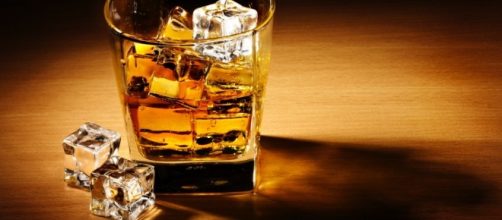After a presidential primary season with 23 candidates appearing in more than 20 debates and four days each of the Republican and Democratic Conventions, perhaps it’s time for a Scotch.And what better day for it than Tuesday, July 27 — National Scotch Day?
Ease your pain
On Tuesday, with two days behind you and only two to go until the end of the Democratic Convention, go ahead and find a nice sturdy rocks glass, drop in some ice and pour your favorite brand of Scotch. And if you’re a Democrat with friends who are vegetarians, invite them to join you since, as the Scotch Whiskey Association points out, it is “a natural product made only from cereals, water and yeast.”
As an American, you’ll have a lot of company sipping — or guzzling, if that’s your preference — your drink.
The U.S. is the largest consumer of Scotch, more than £750 million worth, which was a lot of money before “Brexit” and a 10 percent decline in the British pound against the U.S. dollar.
The history
Commercial distilling began in the 1700s, although the earliest mention of the drink is in the Exchequer Rolls of Scotland (a department that collected taxes) in 1494 that mentions the delivery to one Friar John Cor of “Eight bolls of malt … wherewith to make aqua vitae.” Aqua vitae is Latin for water of life, which some believe Scotch was named to promote its healing and healthy properties. Either way Friar Cor would be happy as “eight boil of malt” would have been enough to make 1,500 bottles of Scotch.
Not all Scotch is the same
The Scotch Whisky Regulations of 2009, which regulate most everything about the drink, requires distillers to, among other things, distill it in oak casks no greater than 185 gallons in capacity for a minimum of three years and have a minimum alcohol strength of 40% or 80 U.S. proof.For you non-Scotch aficionados out there, there are five distinct types: single malt, single grain, blended malt (formerly called “vatted malt” or “pure malt”), blended grain, and blended Scotch whisky.
How to drink it
Before pouring that expensive single malt or inexpensive blended Scotch whisky, there’s a lot you need to know. As for the glass: Although a standard tumbler is the standard in most bars, experts prefer a tulip-shaped glass in order to swirl the Scotch and enhance the aroma.
With water, ice, or nothing?
A bit of water seems acceptable to most experts with the belief that it will lessen the “burn” taste while enhancing the many flavors of the drink.
Mixing your Scotch with ice, however, is considered a bad idea by most experts, as it lowers the temperature of the drink, dulling both the flavors and aroma, especially of a fine single-malt Scotch.
Enjoy
Whether you opt for the $15 bottle of blended or care to shell out $37,000 for a 50-year-old single malt, happy National Scotch Day to you, and Sláinte (That’s “cheers” in Gaelic).

